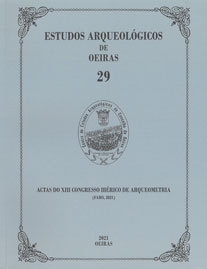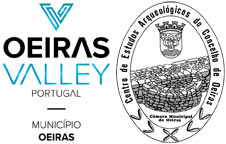Primeros avances sobre el Estudio del Tesoro de Tomares
Palavras-chave:
coins, nummi, bronze, Tetrarchy, X-ray fluorescenceResumo
In 2016, in the municipality of Tomares (Seville), a set of 19 amphorae containing Roman coins (about 53 000) were accidentally found.
According to the information obtained so far, the hoard is dated between 293 and 312 CE, which corresponds to the historical period known as Tetrarchy, and the coins that compose it come from the numerous mints that were active at that time, predominantly specimens produced in western mints.
The coins are nummi that were manufactured using a quaternary alloy (Cu, Ag, Sn and Pb) with copper as the main element.
All the mints have in common that the silver content is found to be higher in the oldest coins, decreasing until reaching the lowest values in coins minted between 308 and 312 CE. Tin content presents the opposite behaviour, except in the Aquileia and Ticinum mints where it shows slight variations.
Downloads
Publicado
Como Citar
Edição
Secção
Licença
Os artigos publicados são da exclusiva responsabilidade dos Autores.
É expressamente proibida a reprodução de quaisquer imagens sobre as quais
existam direitos de autor sem o prévio consentimento dos signatários dos artigos
respectivos.




